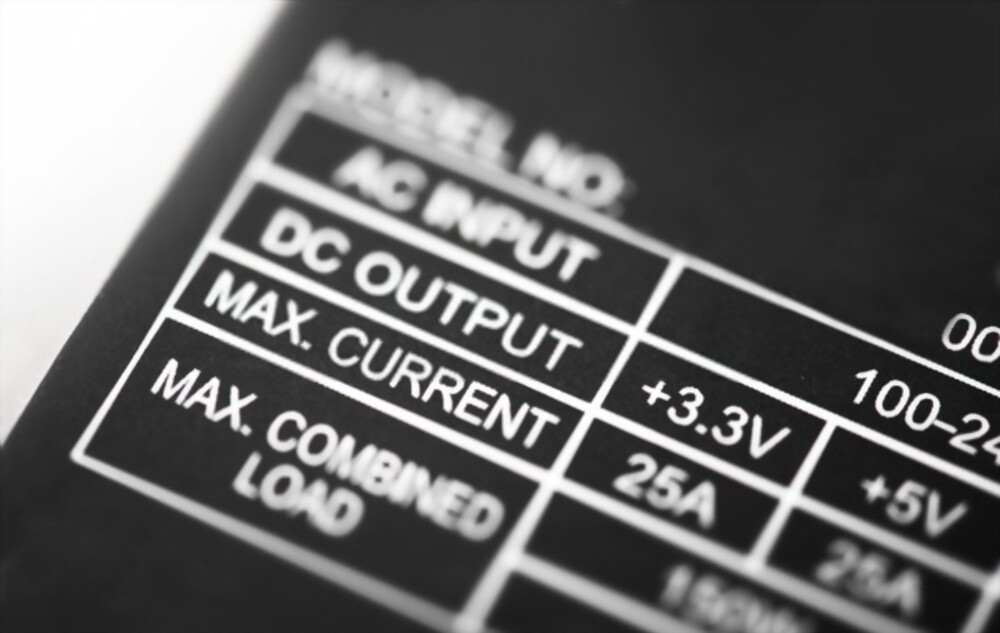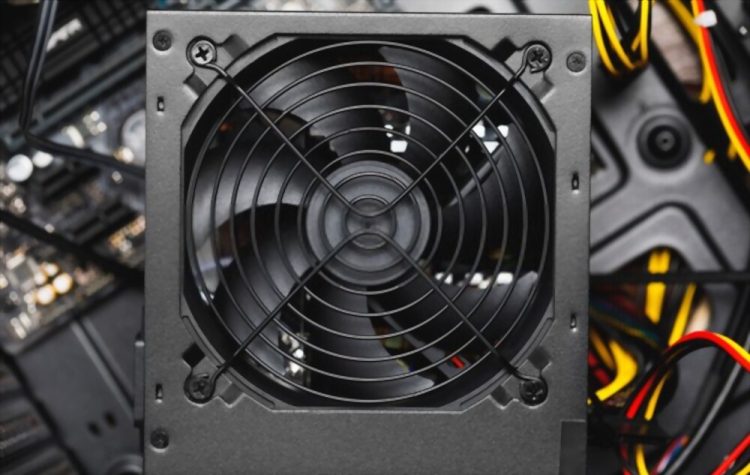Sometimes it is a bit difficult for newbies to find out what power supply they have in their computer. Most PSUs in the market do not come with a specification or wattage label. Identifying your power supply and its wattage helps you add additional components to your PC. Most importantly, if you are a gamer and looking to install a new graphics card on your PC, you should know whether your PSU is capable of handling that new GPU or not.
So, if you are wondering what power supply do I have on my PC? It’s really simple to find out. Here’s what you can do
How to Check What PSU Do I Have in My PC
Unlike other components like ram, GPU, sound card, and CPU, it is almost impossible to know about the specs and wattage rating of your PSU with the help of software.

Read the Label
One of the best ways is to open your PC case and read the printed label on the PSU. Here you will find all the necessary details of your PSU like brand name, wattage, voltage, and ampere rating. The brand name and wattage are printed in bold letters whereas the ampere and voltage ratings are written in small letters.
If you are identifying your PSU to install a new GPU in your computer, then you must consider the voltage and ampere ratings apart from just wattage. If you don’t find the label on your PSU, it’s time to move on to the next method.
Search for the Specs on the Manufacturer’s Website
If you own a branded or pre-built PC, then it would be a lot easier for your to identify your PSU without opening your PC case.
All you need to do is to visit the official website of your computer manufacturer and search for your model number to find out the wattage rating of your PSU.
Look for Extra Cables
Now, this is a method that will not disclose to you the exact specifications and wattage rating of your PSU, but it will help you know if your PSU is of good quality or not.
If your PSU has a lot of power cables like an extra PCI-e 6 pin or PCI-e 6+2 connector and SATA power cables, chances are that your power supply is over 450W and can handle a mid-range GPU without any problem. However, if your PSU is limited on extra cables, then you should add any additional power-hungry components to your PC.
What Size Power Supply Will Fit My PC
In the market, there are three sizes of power supply units available right now:
- ATX (used in some computers)
- ATX-2 (used in modern computers)
- AT (used in older computers)
Common Power Supply Connectors
4-Pin connectors
Commonly used to connect small devices like Floppy drives
4 Pin Molex Connector
Used for connecting hard disks and optical drives like DVD/CD-ROM
20 Pin Molex ATX Power Connector
Used to power up the motherboard only
PCI-e 6 Pin Connector
It is required to power modern-day graphics cards
Why You Should Know About Your PSU
Here are the main reasons you must know about the PSU installed in your system.
- Upgrading your GPU or Ram
- Adding more hardware like cooling fans, sound cards, storage drives, etc
The Bottom Line
A power supply is one of the most important components of your computer. Therefore, it is important to identify what power supply is installed in your system before you upgrade your PC.
We hope this guide has given you enough knowledge to find the specifications and wattage rating of your PSU at home.
Note that some non-branded and low-quality power supply manufacturers misrepresent the labels to sell more units.
In that case, we advise you not to install any GPU or other power-demanding hardware on your computer. When it comes to buying a new PSU, always prefer a reputable brand like Corsair, Thermaltake, Cooler Master, etc.


